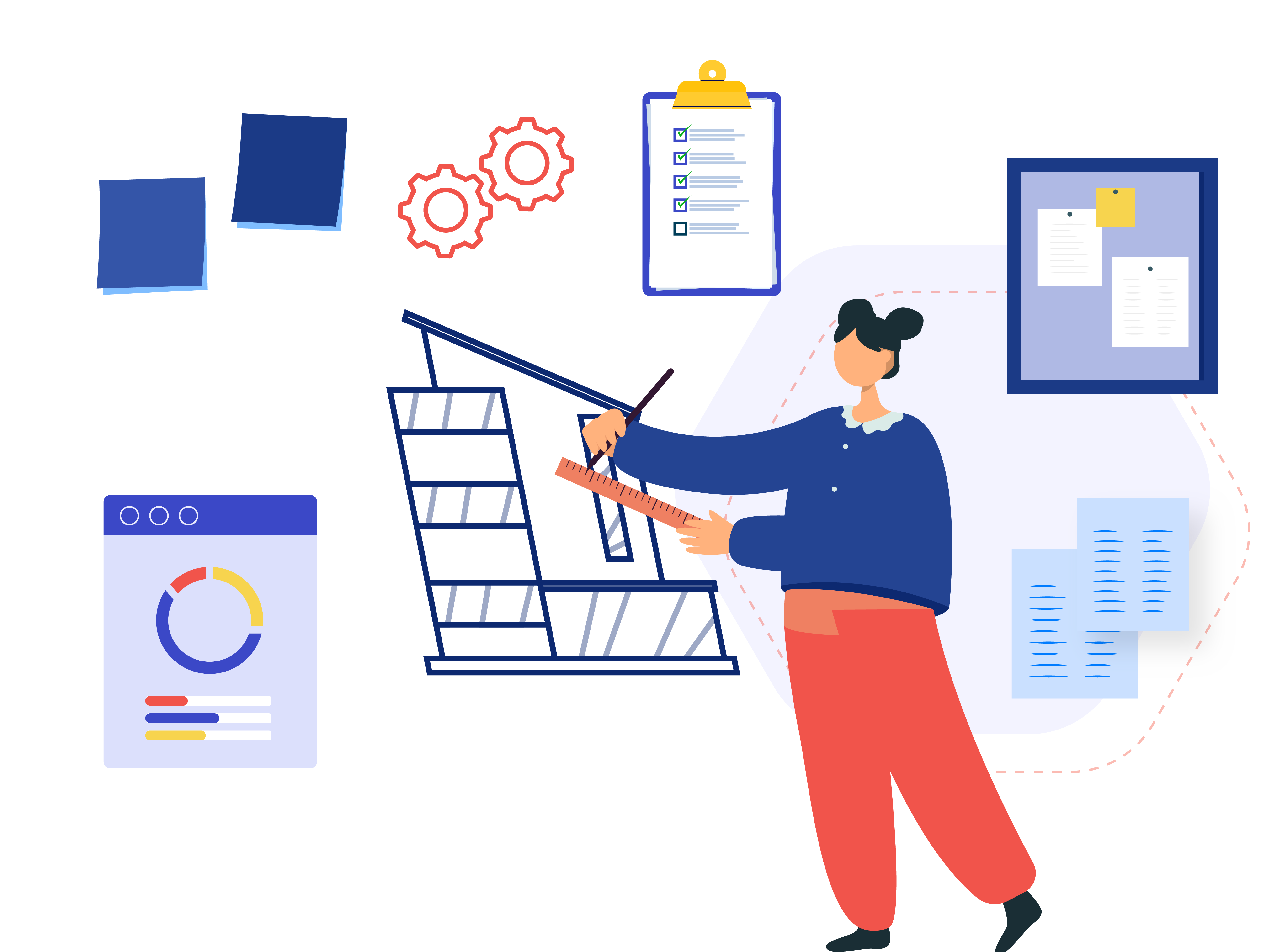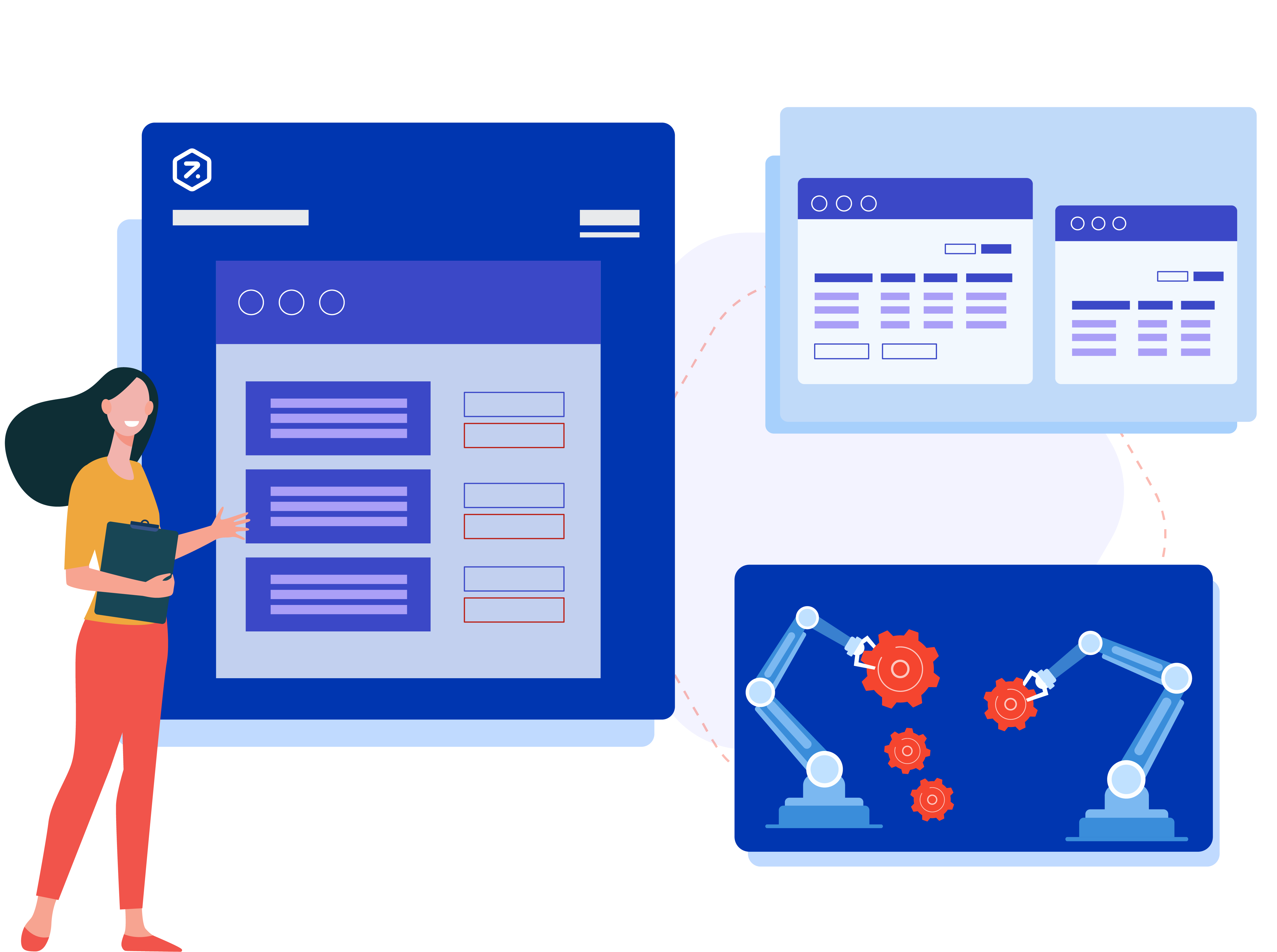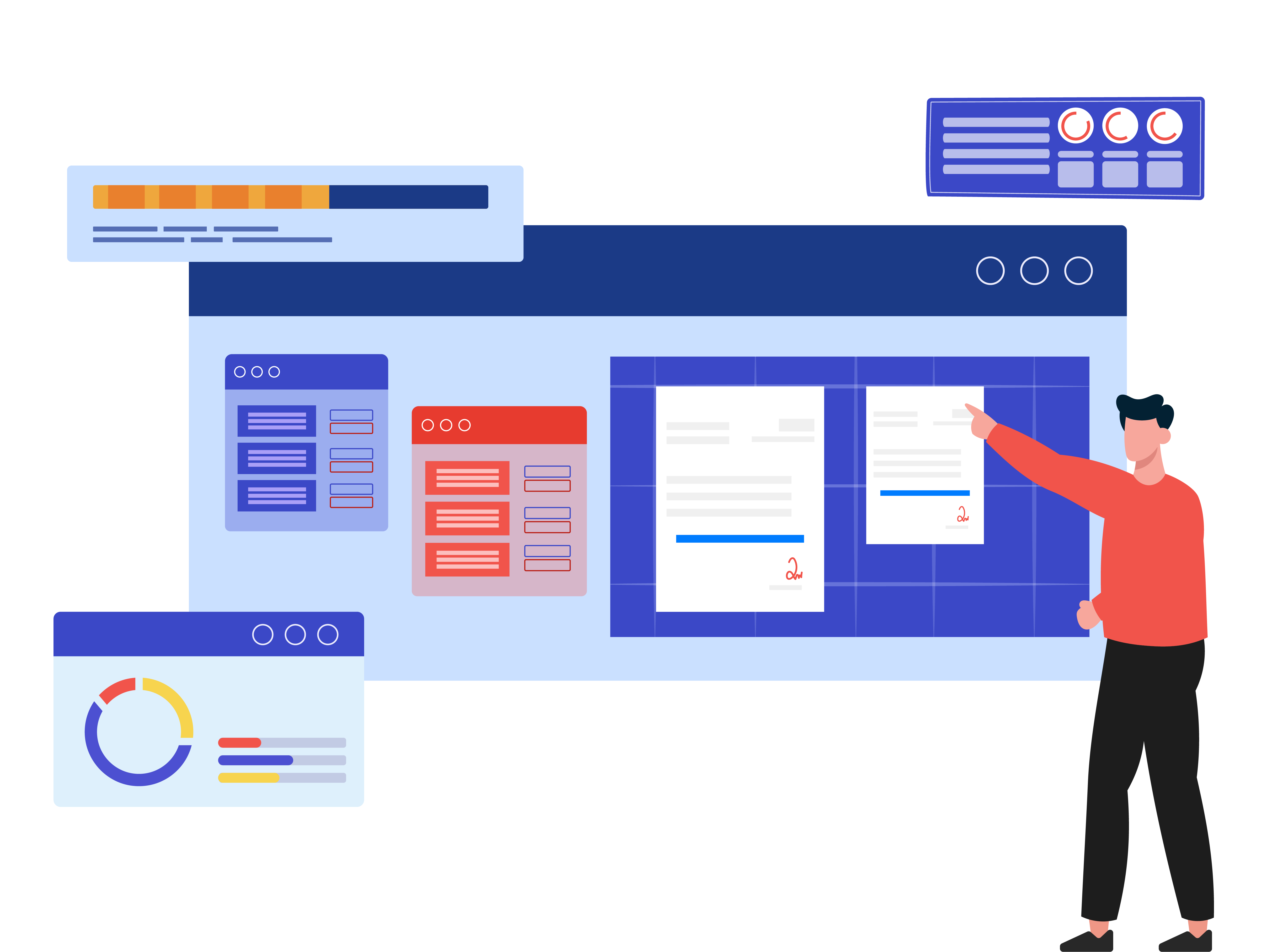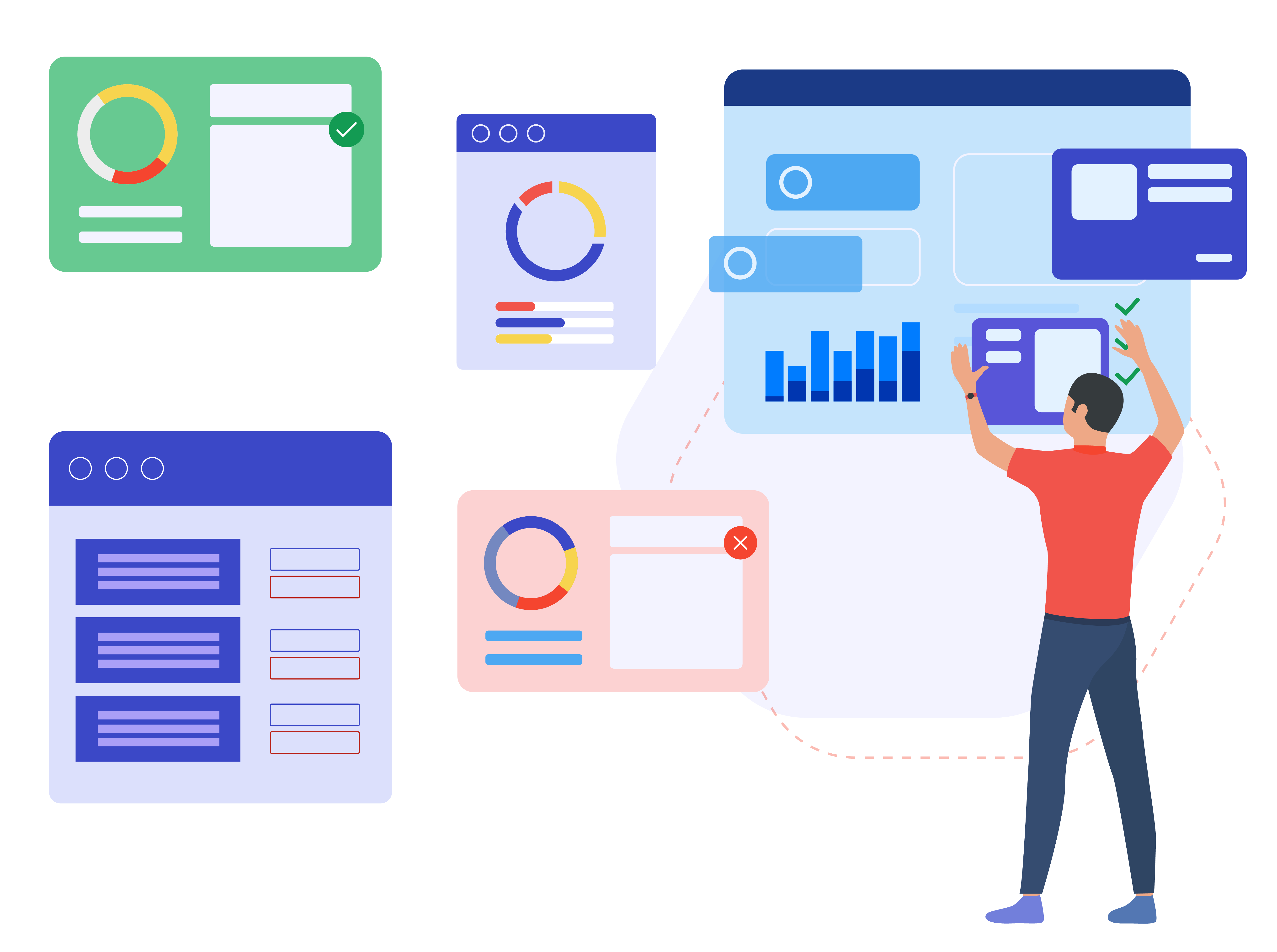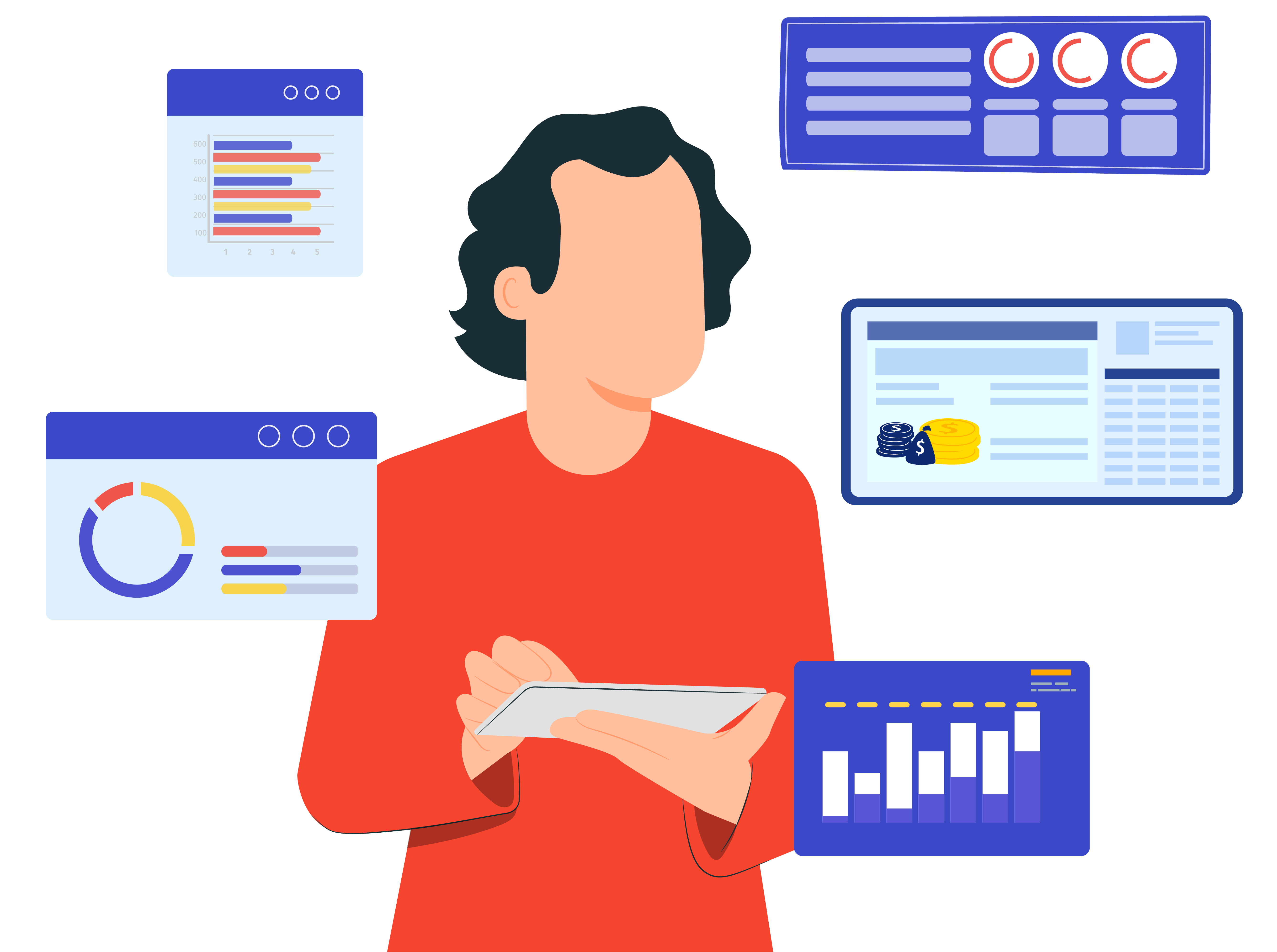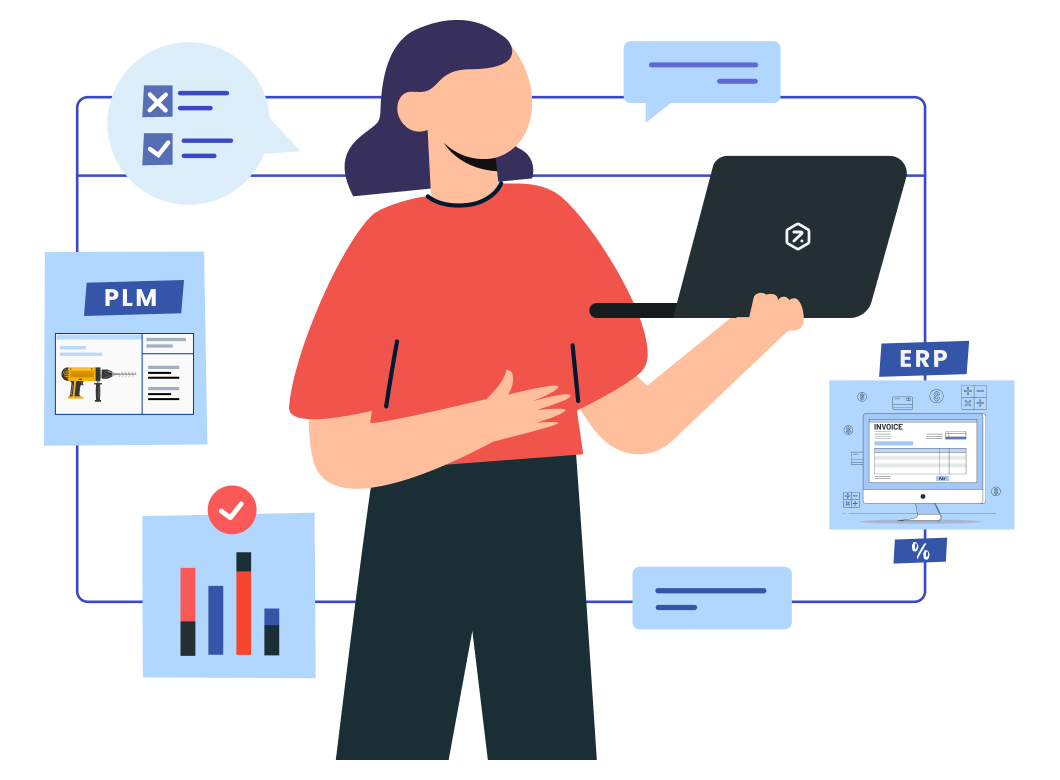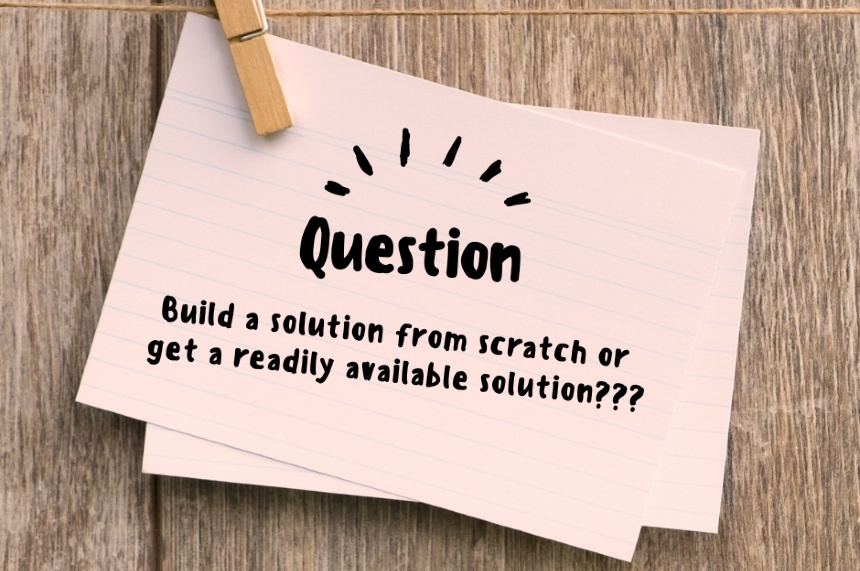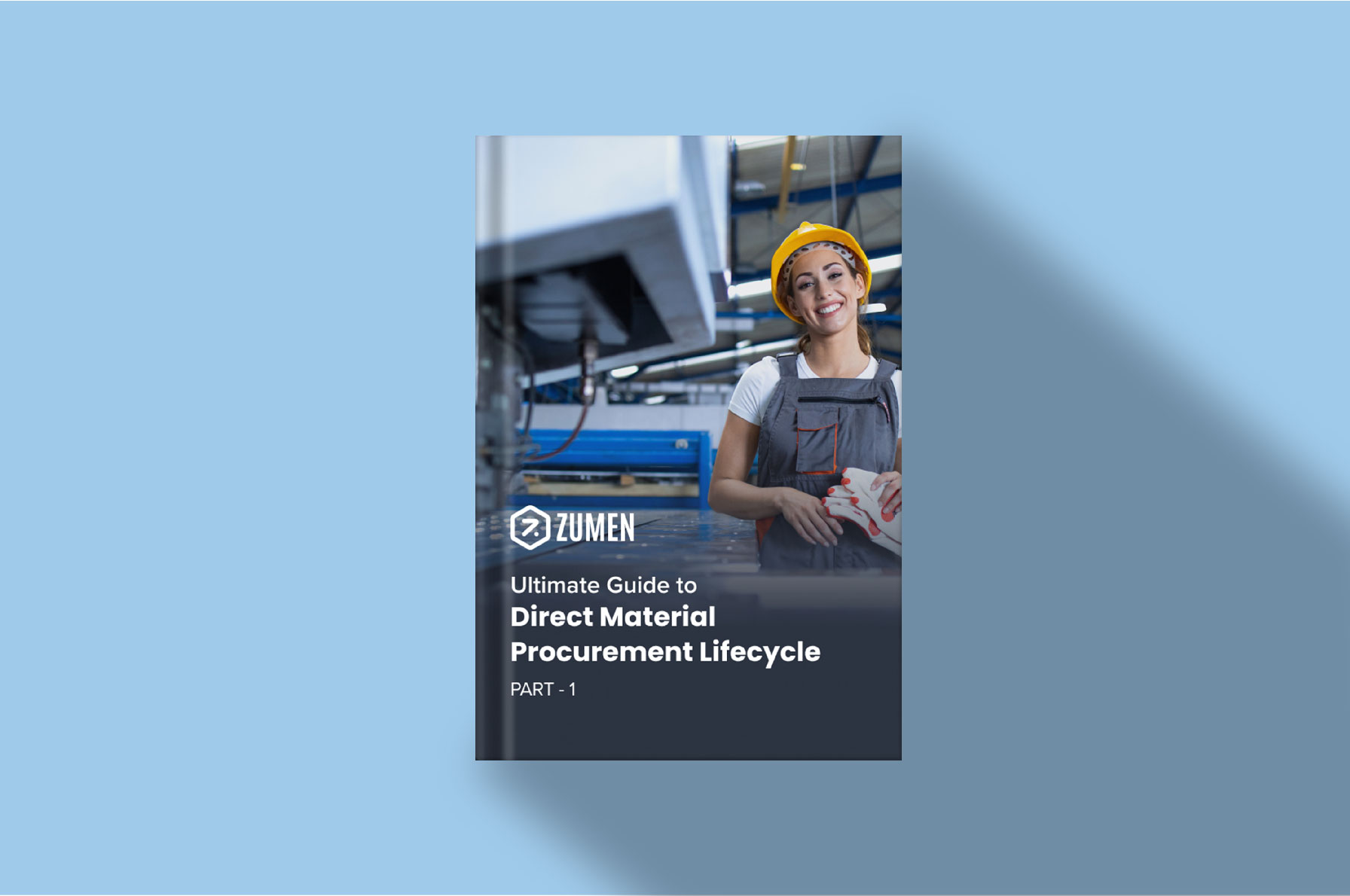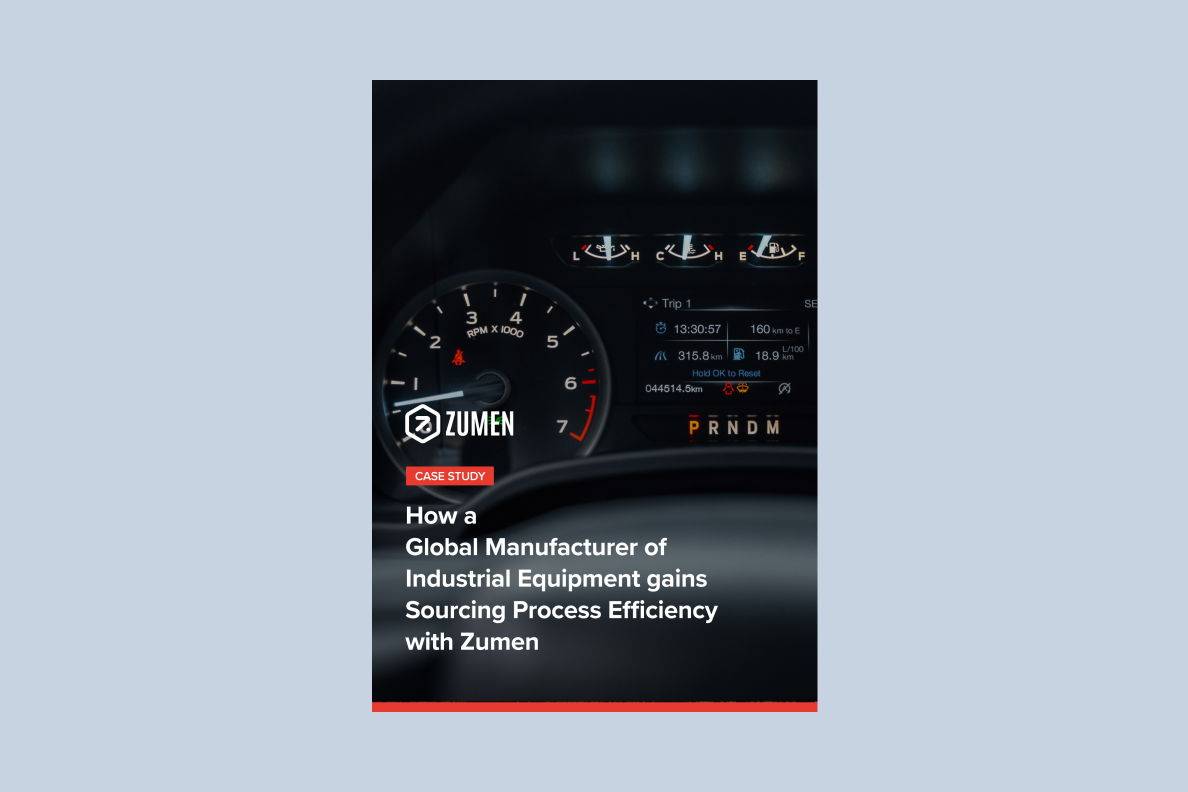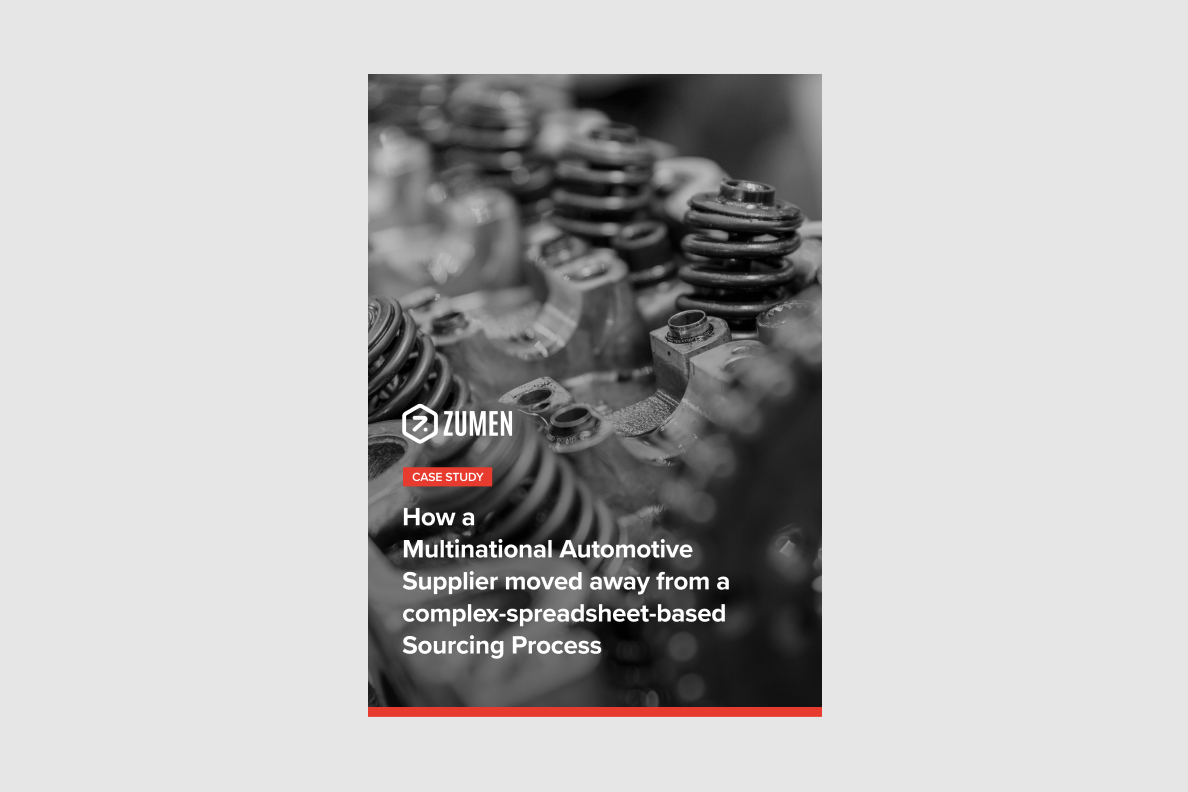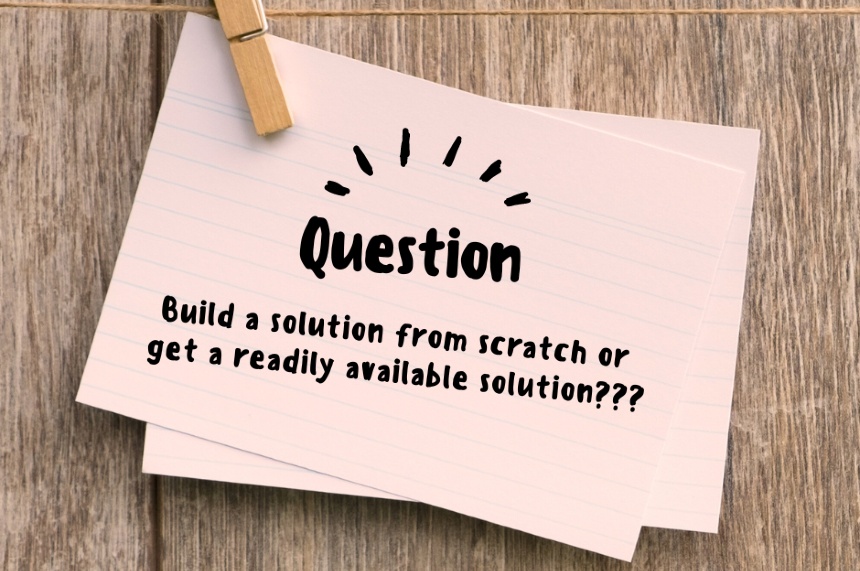Manufacturing Industry: 3 Major IT Pillars for Successful Product Manufacturing Organization
Business | June 02, 2022 | By
An early-stage startup probably has 100 SaaS tools they have signed up for and actively uses at least 50 of those. While the technology companies move fast in adopting IT tools, the manufacturing companies worldwide have been very poor when it comes to jumping on new trends. Why is this the case? One of the quick answers to this question is simply the fact that the information technology companies belong in the same industry as these solutions and building and using software is their DNA. Whereas for the product manufacturing companies, they deal with different kinds of technology, be it sensor and controls, engines, automotive, electrical, manufacturing technologies and more; As they focus on their core competencies and requirements, information technology always trails. And the solution to such data and information problems have been to add more people. For this reason, spreadsheets continue to remain a very important software in enterprises.
For a very long time, CIOs of large companies were the only ones who understood the power of information technology and championed the adoption of digital tools and technologies to drive efficiency, visibility and compliance. As a result, they had to find the right IT implementation partners, assign people to understand the business processes and get them built from ground-up, and get business users to start using the software. Because of this approach, several IT initiatives failed in the early days.
However, in the last few decades, once the heads of business functions, particularly CFOs, understood the potential of a good software, they assigned CIOs to find a ‘solution’ for a specific business process. The process then was to invite the IT vendors and service providers they were working with and ask for ideas. And as they discussed, more often than not, they came to a point where the IT Manager or ITBP (IT Business Partner) had to list down a set of requirements for the ‘Project’. So, the entire initiative became an IT project, when in reality, the need was for the business function.
Then, together with the chosen IT vendor (deploying a large fleet of software engineers, business analysts and project managers), and colleagues from manufacturing, production, warehouse and procurement functions, the solutions were put in place.Several companies started providing such solutions, including the likes of IBM, ORACLE, SAP, JD Edwards, EPICOR, BAAN etc. In the process, many marginal solution providers died out or got acquired by others. Today, the leading ERP solution providers are SAP and Oracle, followed by Workday, Infor, QAD & Microsoft.
Looking inside, there are three major Enterprise IT pillars that are at the core of any successful Product Manufacturing Organization.
- Enterprise Resource Planning (ERP) solutions started as a cornerstone for the enterprise IT movement, primarily driven by the need for accountants to keep track of all the transactions across the company – purchase orders and payments.
- As a subset of this, people realized that they had to monitor the transactions and movements of the physical items and assets as well – This led to the evolution of inventory management. Some companies have more detailed warehouse management systems (WMS) that work alongside their ERP system. This part of the solution is also called material management. In the case of SAP, this solution module is referred to as SAP MM.
- Using the material management solution, CFOs and the finance folks realized that there was too much working capital locked in affecting the functioning of the business when managers ordered too many parts to ensure availability of parts to continue production. Or production and shipment suffered when managers ordered too little to keep a lower inventory level. So they realized they needed better planning.
- Production Planning (PP) is a very important part of the enterprise IT infrastructure because of the problem it solves: Ensuring planning is in place to make enough wholegoods to keep the revenue cycle running.
- Meeting production requirements and feeding the revenue stream required the availability of parts from the suppliers and other internal resources at the right time. Teams had to plan for production in advance in the system (manual plans were not adequate when communicating with hundreds of suppliers). For example, in the case of SAP, the solution available for this is called SAP PP Module.
- The extension of production planning led to breaking down the Bill of Materials (BOMs) so the plan could be made for individual parts/ items to be procured. This evolved into what is referred to as Material Requirements Planning (MRP). Based on this, supplier production schedules and Purchase orders (POs) are released to the suppliers (material management).
In essence, the evolution and maturity of the enterprise systems have been driven primarily by the Accounting & Finance Organization. As a result of this, most CIOs globally still report to the CFOs.
3. Product Lifecycle Management (PLM): It is easy to observe from 3.1 and 3.2 that the focus has always been on material transaction and protecting the revenue stream (production & delivery). As Computer Aided Engineering and Computer Aided Manufacturing evolved, the industry started becoming ambitious and wanted to bring a ‘product_inclusive’ and a product driven business process approach. This led to the creation of a software category called product life cycle management (PLM). 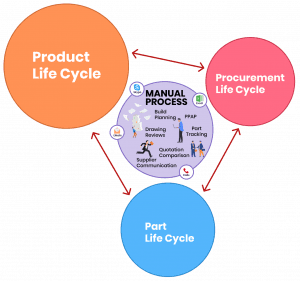
-
- Although PLMs started with the aim of covering all aspects of the product life cycle, in reality, they had significant scope of work within the engineering realm and the best they could do was reach up to managing product configurations (engineering BOM).
- For them to venture into functional areas like purchasing and manufacturing to cover business processes remained a non-starter. However, there has been significant acceleration, say in the last 5 years, to break the barriers and extend to business functions beyond engineering; one such area is supplier collaboration. However, stretching PLM to include all relevant business functions still is improbable. Now, PLM solution providers like Siemens (Teamcenter & Digital Factory), PTC (Windchill & IIOT) and Dassault Systemes (Enovia & 3DS) focus primarily on Digital Threads and IOT (Internet of Things).
So the conclusion is that the majority of the enterprise systems focus on transactions. And PLM systems focus on engineering and the product. For this reason, ERPs and PLMs are poor choices when considering a solution to help in Direct Material Sourcing & Procurement. In most cases, when someone claims their ERP has coverage of Direct Spend, it means they monitor only the transactions. Specifically, when it comes to Direct Spend, ERPs allow users to release a purchase order (PO), receive materials against the PO and release a payment. But it does not cover any of the steps involved in arriving at a PO or receipt of materials. The Direct Material Procurement Lifecycle handbook that I referred to earlier (link) contains a detailed description of the steps involved. .. And to keep up with the current times, speed of product changes and technology adoption, knowing the history would explain why the existing solutions may not be adequate and they may have to find the right Direct Material Procurement platform for their companies.
